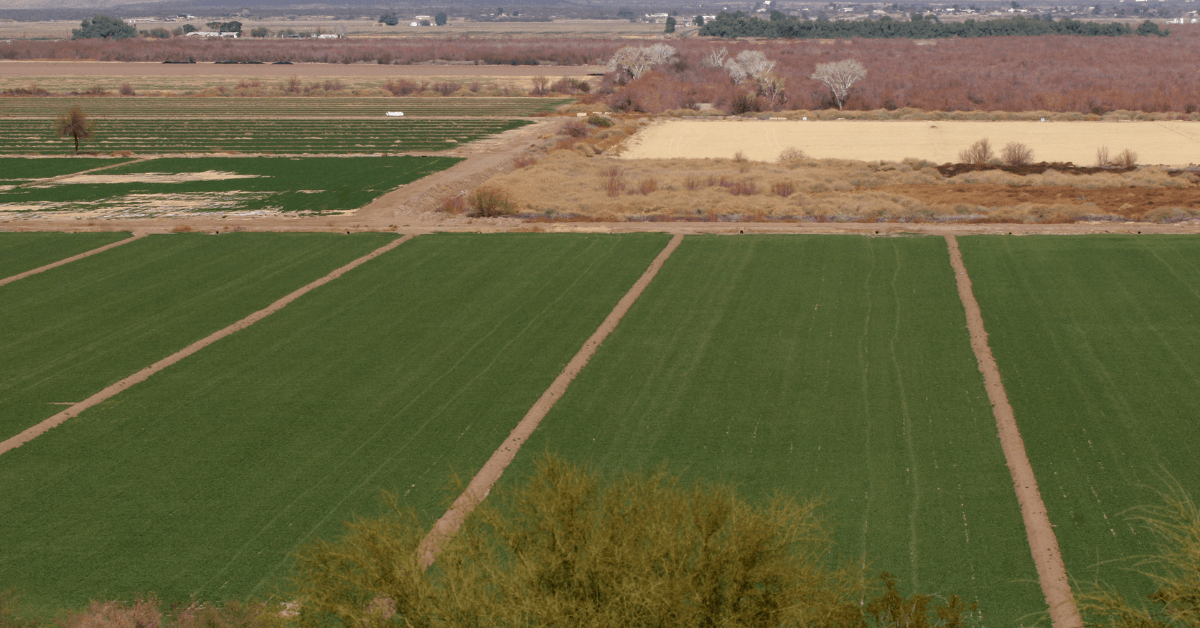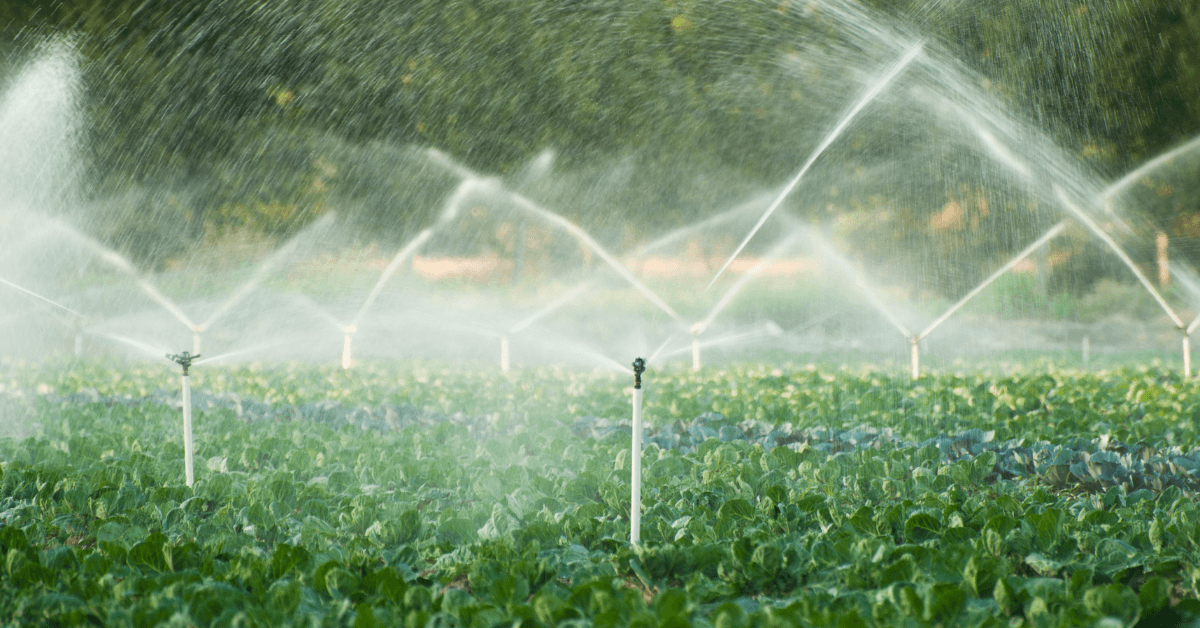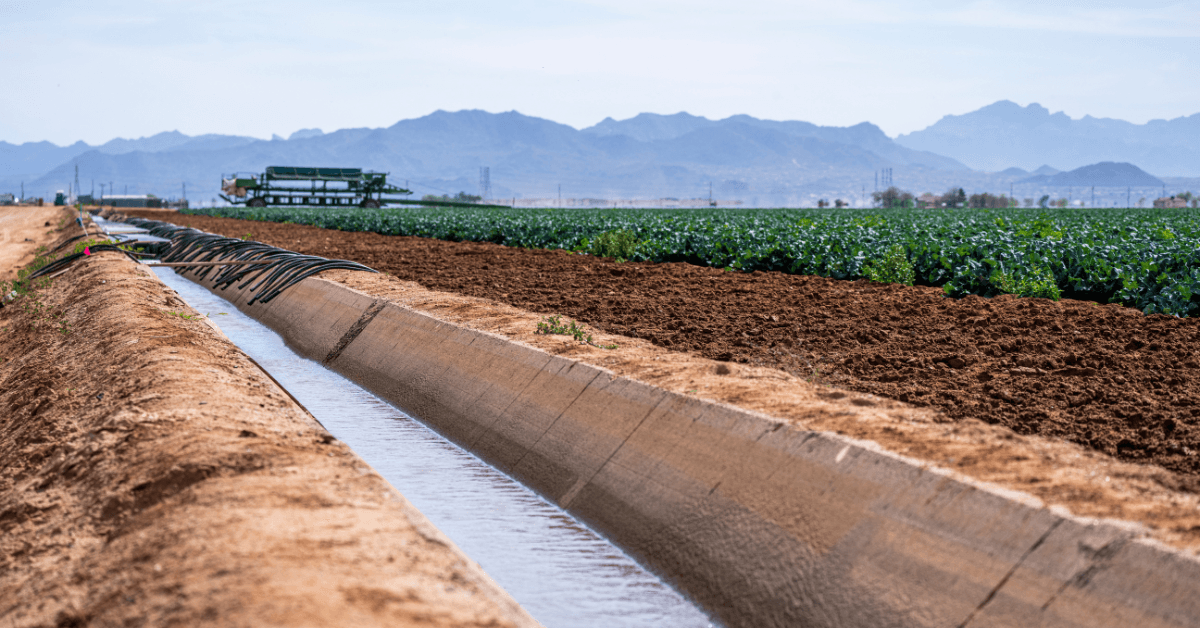Introduction
Despite making up more than one-third of the planet’s land area, deserts only produce 2% of the world’s food. However, the potential of agriculture in arid regions is being reexamined by scientists and farmers due to climate change. Regenerative agriculture is a technique that improves ecosystems, conserves water, and rebuilds soil health. Regenerative Agriculture in Deserts-This strategy aims to turn arid areas into vibrant, sustainable food systems rather than only cultivating crops. Let’s examine how regenerative agriculture is revitalizing deserts throughout the globe.
The need for regenerative agriculture in deserts-Regenerative Agriculture in Deserts
Extreme temperatures, limited water supplies, and nutrient-poor soils are some of the particular difficulties deserts face. Here, traditional farming frequently fails, further depleting resources. This is reversed by regenerative agriculture, which works with nature rather than against it.

Principal Obstacles in Desert Agriculture:
- Water Scarcity: Less than 10 inches of rain fall on average each year in arid regions.
- Degradation of the Soil: The absence of organic matter in sandy soils restricts the development of plants.
- Biodiversity Loss: Plant and microbiological variety is diminished by harsh environments.
- Regenerative techniques address these problems directly. For example, agroforestry systems produce microclimates that protect crops from heat, while replenishing soil organic matter improves water retention.
Fundamental Methods of Desert Regenerative Agriculture:
1. Conservation and Harvesting of Water
Farmers in dry areas collect every drop of water using both traditional and contemporary methods. While drip irrigation provides water directly to crops, swales, or shallow ditches divert rainwater to plant roots. By combining these techniques with contour farming, farmers in Jordan have reduced runoff by 70%.
2. Using Agroforestry to Create Microclimates-Regenerative Agriculture in Deserts
Growing trees next to crops lowers evaporation and cools the soil. In Morocco’s Sahara, the “alley cropping” technique involves interlacing basic crops with drought-tolerant plants like acacia. Trees operate as windbreaks, fix nitrogen, and give shade.
3. Soil mulching and cover crops
In deserts, bare soil erodes rapidly. To mitigate this, farmers use leftover mulch or cover crops like clover. These layers increase microbial activity and retain moisture. Mulching boosted soil moisture by 40%, according to Nevada research.
4. Biochar: Enhancing Soils in the Desert
A material that resembles charcoal, biochar adds nutrients and carbon to soil. It can increase the retention of water in sandy soils. Crop yields increased by 200% using biochar in trials conducted in Australia’s Outback.
5. Management of Holistic Grazing
Desertification is exacerbated by overgrazing. Rotational grazing is a technique used by regenerative ranchers to keep soil from being compacted. This strategy restored grasslands in Namibia, sustaining both livestock and indigenous animals.

Case Studies: Achievements in Arid Areas-Regenerative Agriculture in Deserts
The Sahara Forest Initiative (Tunisia and Jordan)
This project integrates agroforestry, marine greenhouses, and solar energy. Desalinated saltwater irrigates plants, and solar panels shade crops. Outcome? It was once believed to be unfarmable, but today people grow barley and tomatoes there.
Al Baydha Project in Saudi Arabia
Al Baydha, formerly a desolate valley, is now home to natural trees, terraced farms, and rainwater catchments. Through the cultivation of almonds and olives, the initiative reduced dust storms, reversed desertification, and increased local incomes.
Desert Harmony Farms in Arizona (USA)
This farm uses regenerative no-till farming to grow tepary beans and quinoa without plowing. Deserts may become carbon sinks, as seen by the five-year increase in soil organic matter from 0.5% to 2.5%.
The Success’s Scientific Foundation
The Unsung Heroes of Soil Microbes
Bacteria and fungi that aid in plant nutrient uptake are abundant in healthy soils. Adding biochar or compost to deserts stimulates microbial activity. Chilean researchers discovered that microbial-rich soils produced 90% more melon.
Dryland Carbon Sequestration
A quarter of the world’s terrestrial carbon is stored in desert soils. Carbon is locked underground by regenerative techniques like cover crops, which provide organic matter. By 2030, scaling these techniques may offset 20% of global emissions, according to UN projections.
Native plants as allies for the climate
Native plants that require little water, such as moringa and prickly pear, flourish in arid environments. These plants help pollinators, stabilize soils, and provide food. Mexico’s “nopal” cactus fields provide nutrient-rich feed while halting erosion.
Getting Past Adoption Obstacles
Regenerative agriculture has challenges in arid regions despite its potential:
- High Initial Costs: Upfront funding is needed for solar-powered irrigation and the manufacturing of biochar.
- Knowledge Gaps: A large number of farmers are not trained in regenerative methods.
- Policy Gaps: Rather than promoting drought-resistant crops, governments frequently subsidize water-intensive ones like alfalfa.
- Solutions in Operation:
- Middle Eastern farmers are taught water-efficient techniques by NGOs such as ICARDA.
- For regenerative initiatives, Kenya’s “Dryland Farming Fund” provides low-interest financing.

Desert Regenerative Agriculture’s Future-Regenerative Agriculture in Deserts
New technologies have the potential to accelerate development:
- AI-Powered Precision Agriculture: Sensors track soil moisture levels to optimize irrigation efficiency.
- Desalination Innovations: Solar-powered devices now enable the use of seawater for crop irrigation.
- Gene Editing: CRISPR-edited millet and other drought-tolerant crops thrive in arid soils.
- Policy Priorities: Governments must prioritize carbon farming initiatives and groundwater protection.
- Egypt’s Initiative: The “100 Million Trees” campaign applies regenerative principles to combat desertification.
The significance of this for worldwide sustainability-Regenerative Agriculture in Deserts
Resilience is the goal of desert regenerative agriculture, not simply food. With the expansion of dry zones due to climate change, these techniques provide a survival plan. Advantages consist of:
- Food security is the ability to feed expanding populations in areas with limited water resources.
- Restoring habitats for threatened species, such as the Arabian oryx, is an example of biodiversity.
- Using deserts as carbon sinks is one way to mitigate climate change.
- How You Can Help the Movement: Promote laws that provide funding for desert restoration.
- Invest in businesses that are creating crops that can withstand drought.
- Spread the word about regenerative methods.
Conclusion: Dead Zones Are Not Found in Deserts-
Even the driest environments may thrive thanks to regenerative agriculture. We can turn deserts into oases of biodiversity and production by imitating the wisdom of nature. The speed at which we can scale these solutions is the question, not whether deserts can sustain life.
Change is already beginning to take root in places like Arizona’s no-till fields and Jordan’s solar-powered farms. Let’s cultivate this expansion, one hardy acre at a time.



